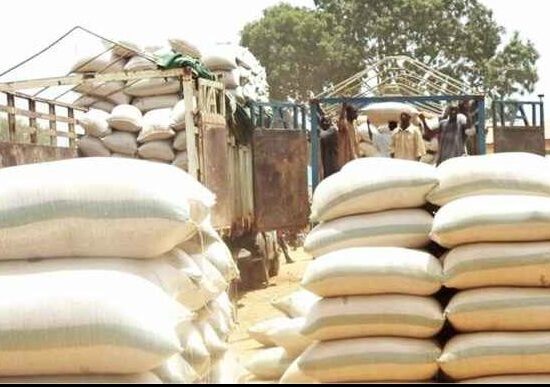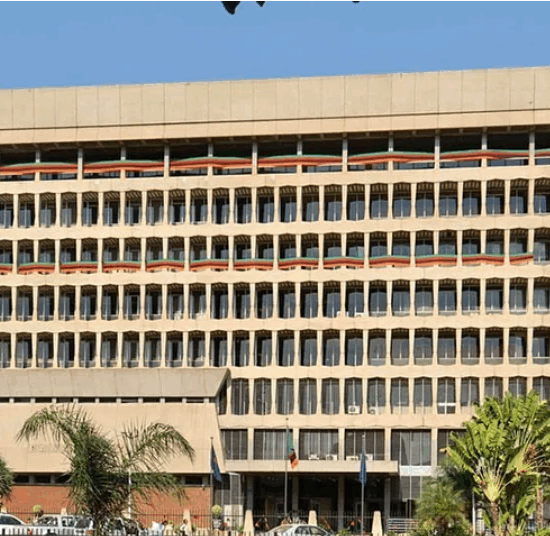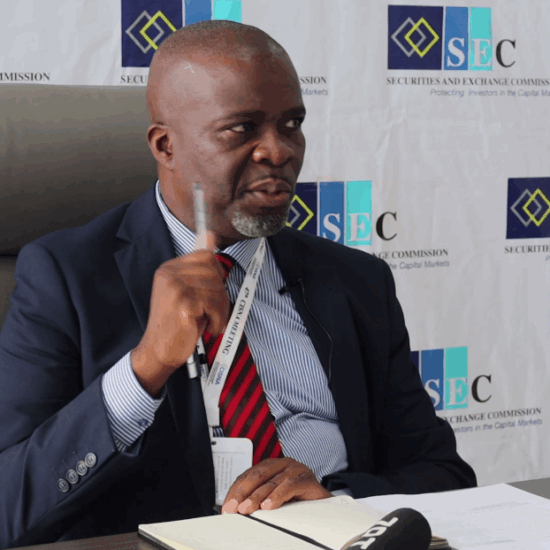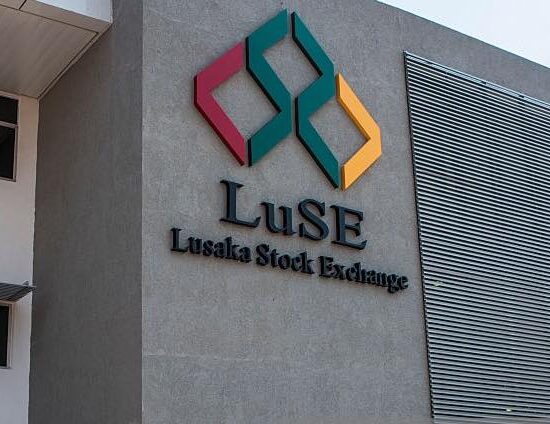As if concerns that there is little to “no money” in circulation by most local businesses and households have not been loud enough, Zambia’s central bank – the Bank of Zambia (BOZ) has announced that it has raised the minimum statutory reserve ratio by 2.5%, a move that will further withdraw more money from circulation.
BOZ has justified its action by stating that the need to address the increased volatility in the exchange rate and safeguard the stability of the foreign exchange market far outweighs the adverse risks that this action may have on the economy. BOZ has also admitted to weak foreign exchanges coming back into the Zambian economy.
With effect from Monday, 13 February 2023, the Bank of Zambia – BOZ has directed that the minimum statutory reserve ratio on both local and foreign currency deposits, including Government Deposits, and Vostro accounts deposits, will be increased from the current 9% to 11.5% representing 2.5% infor all commercial banks. This means that Banks will be required to deposit money with BOZ which could have been made available and utilized by businesses and households, effectively withdrawing more money from circulation.
In a statement seen by the Zambian Business Times – ZBT, Deputy Governor Operations Francis Chipimo said the change in the statutory reserve requirements has been necessitated by increased volatility in the exchange rate which intensified in December 2022 and has persisted in 2023.
Chipimo said the revised statutory reserves ratio of 11.5 percent will be based on the weekly return of the selected assets and liabilities as of Wednesday 8, 2023. “This measure is aimed at addressing the increased volatility in the exchange rate which intensified in December 2022 and has persisted in 2023. The measure is also aimed at safeguarding the stability of the foreign exchange market.”
This weak supply in foreign exchange for Zambia Ian however an artificial one, that is a result of failure by successive governments (including the New Dawn Government) to negotiate with the foreign owned mining companies to remit back into the Zambian economy – a significant part of the copper export proceeds. If you look at copper production and export figures for both December 2022 and January 2023, it’s clear that the Zambian economy could be flush with forex.
BOZ blamed the continued depreciation of the Kwacha on weak foreign exchange supply amidst strong demand by market players for various purposes, including critical imports of fuel, medicines and agricultural inputs. The statement was however mute on how much forex inflows could be if Copper exports were to be remitted back into the Zambian economy.
Meanwhile, economist Kelvin Chisanga has attributed the measures by BOZ as being aimed at reducing liquidity in the market to curtail demand and reduce the inflation pressure, therefore limiting access to the kwacha. He said the current situation in terms of foreign currency markets – we see that the economy has faced a sustained poor supply of US Dollars on the market and the interventions that the bank of Zambia is making will help in the short term to make inflation anchor within the single digit.
In an interview with ZBT, Chisenga said the country currency has been depreciating and if the central bank does not take action to stem further depreciation (which has the biggest component and contribution to [imported] inflation), it may distort the economic variables that have been built so far.
Chisanga said his concern was that this move will further push interest rates upwards which will eventually hurt local businesses [and households]. High interest rates are a challenge to economic growth. “We are also looking forward to seeing better economics management and market discipline to a point where the country can attain price stability.”







